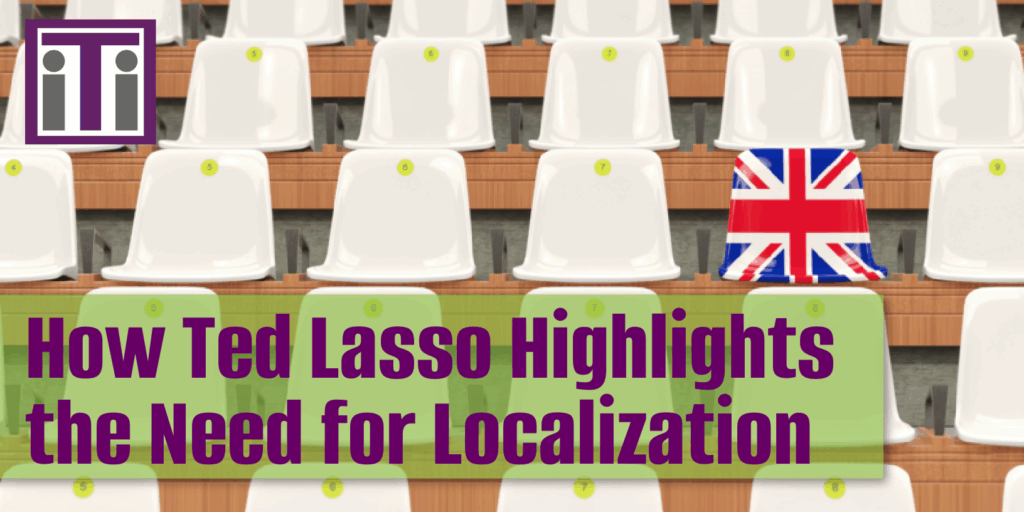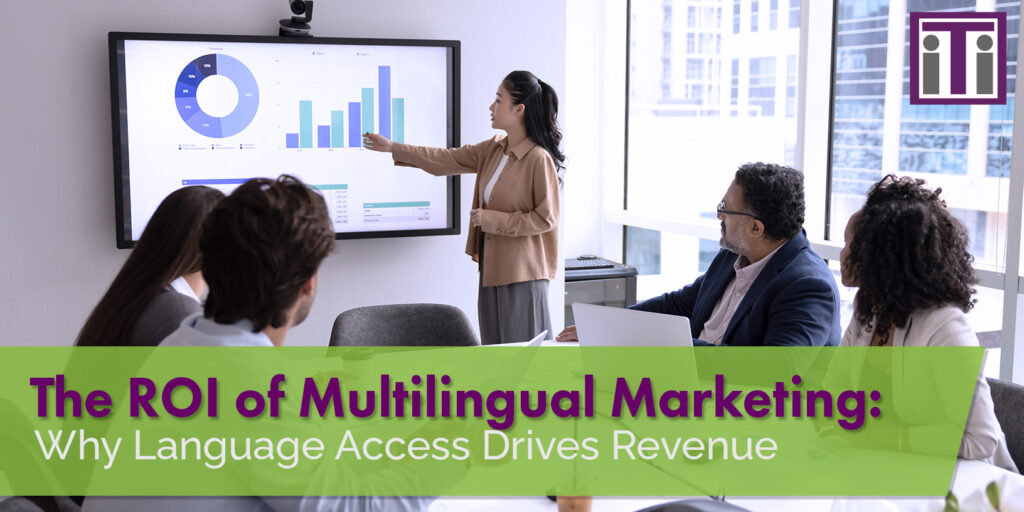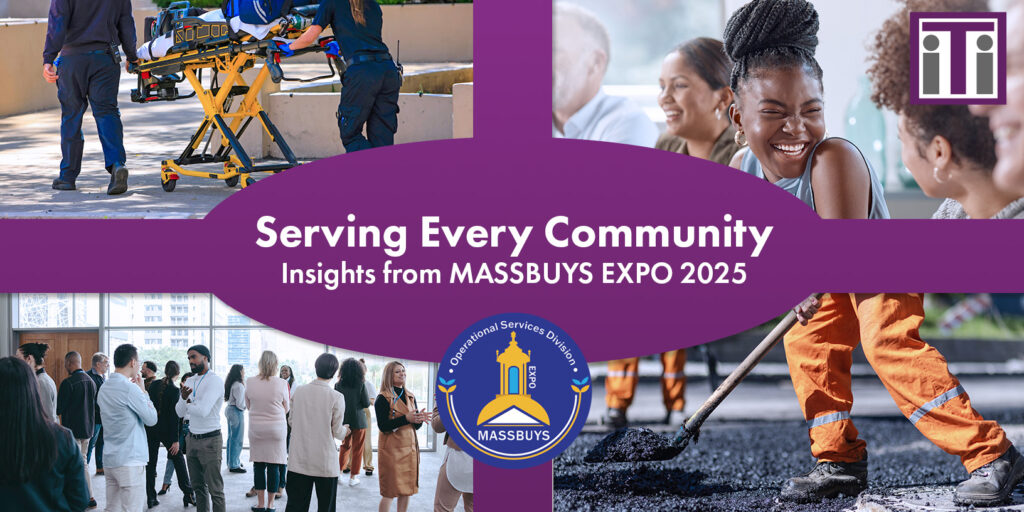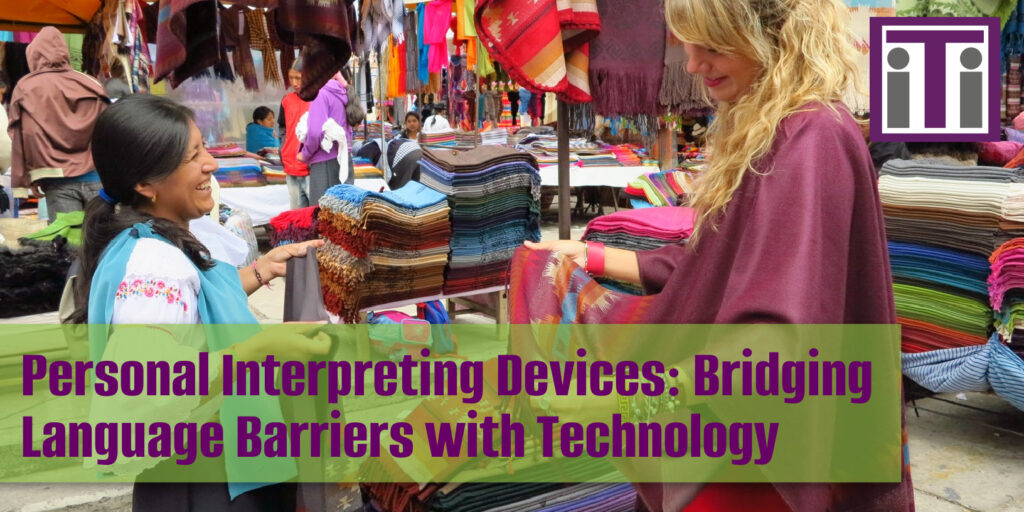Exploring Trends in the Translation Industry
Reading Time: ~9 mins

In a rapidly evolving global landscape, the translation industry stands at the forefront of bridging cultural and linguistic divides. As businesses, governments, and individuals increasingly interact across borders, the demand for accurate and efficient translation services has never been higher. With an estimated 7,151 languages spoken in the world today1, the language services industry must constantly evolve.. From advanced technologies like machine translation to innovative approaches in interpreting and transcreation, the field is buzzing with developments that are reshaping how we communicate.
In this comprehensive look, we delve into the latest trends in the translation industry, focusing on translation industry trends, machine translation post editing (MTPE), interpreting services and the burgeoning realm of e-learning platforms.
Trends in Translation: An Overview
The translation industry is experiencing a dynamic shift driven by technological advancements, changing consumer expectations, and the globalization of business. Here are some key trends that are defining the future of translation:
1. The Rise of Machine Translation and Post-Editing (MTPE)
Machine Translation (MT) has revolutionized the way we approach multilingual content. Leveraging artificial intelligence (AI) and neural networks, MT systems can translate large translation projects in a fraction of the time required by human translators. This technology has become particularly valuable for organizations that need to process content quickly and cost-effectively.
However, while MT has made significant strides, it often requires refinement to meet the nuanced demands of human communication. This is where Machine Translation Post-Editing (MTPE) comes into play. MTPE involves human translators reviewing and editing machine-generated translations to ensure they meet quality standards. This combination of speed and human expertise is proving to be a game-changer for many industries.
Key Benefits of MTPE:
- Cost-Effectiveness: Reduces the overall cost of translation by minimizing human input required for initial translation.
- Speed: Accelerates the translation process, enabling faster time-to-market.
- Quality Assurance: Along with human oversight, can enhances the accuracy and readability of translations.
2. Transcreation in Translation: Beyond Literal Translation
In the global marketplace, conveying the right message requires more than just word-for-word translation. Transcreation, or creative translation, goes beyond literal translation to adapt content to resonate with specific cultural and linguistic audiences. This process is crucial for marketing and advertising, where the intent and emotional impact of the message must be preserved and adapted.
Why Transcreation Matters:
- Cultural Relevance: Ensures that marketing messages are culturally appropriate and engaging for the target audience.
- Brand Consistency: Maintains the brand’s voice and tone across different languages and markets.
- Enhanced Engagement: Increases the effectiveness of communications by tailoring content to local sensibilities.
3. Advances in Interpreting Services
Interpreting services are evolving to meet the needs of a more interconnected world. Remote interpreting, facilitated by video and teleconferencing technologies, has gained prominence, especially in the wake of the COVID-19 pandemic. This shift has made interpreting more accessible and flexible, allowing for real-time language support in diverse settings, from business meetings to medical consultations.
Emerging Trends in Interpreting:
- Video Remote Interpreting (VRI): Provides real-time language assistance through video conferencing tools, enhancing accessibility and convenience.
- Over-the-Phone Interpreting (OPI): Offers immediate interpreting support over the phone, ideal for situations where video is not feasible.
- On-Demand Interpreting: Allows users to connect with professional interpreters on short notice, meeting the need for spontaneous language support.
4. E-Learning Platforms: A Boon for Language Learning and Training
 The rise of e-learning platforms has created new opportunities for language training and translation services. These platforms are not only enhancing language learning but also providing accessible training for professional translators and interpreters. E-learning solutions are increasingly integrating multilingual support, making education more inclusive and global.
The rise of e-learning platforms has created new opportunities for language training and translation services. These platforms are not only enhancing language learning but also providing accessible training for professional translators and interpreters. E-learning solutions are increasingly integrating multilingual support, making education more inclusive and global.
Key Features of E-Learning Platforms:
- Interactive Content: Utilizes multimedia and interactive tools to enhance language learning and engagement.
- On-Demand Courses: Offers flexibility for learners to access courses and training materials at their convenience.
- Multilingual Support: Provides content and courses in multiple languages, broadening access to diverse learners.
Trends in Machine Translation: A Closer Look
Machine Translation (MT) technology continues to evolve, driven by advances in AI and machine learning. Here are some of the key trends in machine translation that are shaping the industry:
1. Neural Machine Translation (NMT)
Neural Machine Translation (NMT) represents the cutting edge of MT technology. Unlike traditional statistical or rule-based systems, NMT uses artificial neural networks to predict and generate translations. This approach allows for more natural and fluent translations, as the system can better understand the context and nuances of the source language.
Benefits of NMT:
- Improved Accuracy: Delivers more accurate and contextually appropriate translations.
- Fluent Output: Produces translations that are more natural and closer to human language use.
- Adaptability: Can be fine-tuned for specific languages and domains, improving performance over time.
2. Hybrid Approaches: Combining MT with Human Expertise
To address the limitations of fully automated systems, many organizations are adopting hybrid approaches that combine MT with human post-editing. This method leverages the strengths of both machine efficiency and human judgment, resulting in high-quality translations that are both fast and reliable.
Advantages of Hybrid Approaches:
- Balance of Speed and Quality: Achieves a faster turnaround time while maintaining high translation quality.
- Scalability: Enables the handling of large volumes of content with consistent quality.
- Human Touch: Ensures that translations are contextually and culturally appropriate.
3. Industry-Specific Machine Translation
Specialized industries, such as legal, medical, and technical fields, require precise and accurate translations. Industry-specific MT systems are trained on industry-specific data and terminology, enabling them to produce more accurate translations for specialized content, and store translation memory. This trend is particularly valuable for businesses that operate in niche markets or require high levels of technical accuracy.
Benefits of Industry-Specific MT:
- Enhanced Precision: Provides higher accuracy for specialized terminology and context.
- Reduced Errors: Minimizes the risk of mistranslations in critical documents.
- Industry Relevance: Tailors translations to meet the unique needs of specific sectors.
Machine Translation Post-Editing (MTPE): Enhancing Quality
As machine translation technology advances, the role of human post-editing becomes increasingly important. According to an article in Optimational, machine translation alone results in 60-90% accuracy. MTPE involves revising and refining machine-generated translations to ensure they meet quality standards. This process is important for creating high-quality translations, especially for content that needs to be accurate and detailed.
1. Levels of Post-Editing
MTPE can be categorized into different levels, depending on the desired quality and the nature of the content. These levels include:
- Light Post-Editing: Focuses on correcting major errors and ensuring basic readability. Suitable for internal documents or content where speed is more critical than perfect accuracy.
- Full Post-Editing: Involves a thorough review to ensure high quality, including correcting grammar, style, and context. Ideal for customer-facing content or documents that require professional standards.
2. Best Practices for Effective MTPE
To maximize the effectiveness of MTPE, it’s important to follow best practices that ensure quality and efficiency:
- Use Specialized Tools: Leverage post-editing tools and software that can assist with error detection and correction.
- Understand the Source Material: Post-editors should have a strong understanding of both the source and target languages, as well as the subject matter.
- Maintain Consistency: Ensure that terminology and style are consistent throughout the document, aligning with client preferences and industry standards.
The Role of Transcreation in Translation

Transcreation plays a vital role in adapting content for global audiences. Transcreation is different from traditional translation. It goes beyond simply converting text from one language to another. Transcreation involves reimagining the content to resonate with the cultural and emotional context of the target audience.
1. When to Use Transcreation
Transcreation is particularly valuable for content that relies heavily on creativity and emotional impact. Examples include:
- Marketing Campaigns: Adapting slogans, advertisements, and promotional materials to different markets.
- Brand Messaging: Ensuring that brand values and voice are effectively communicated across cultures.
- Creative Content: Localizing video games, movies, and literature to appeal to diverse audiences.
2. The Process of Transcreation
The transcreation process involves several steps to ensure that the final content is culturally relevant and engaging:
- Cultural Analysis: Understanding the target audience’s cultural norms, values, and preferences.
- Creative Adaptation: Rewriting content to maintain its original intent and impact while making it relatable to the new audience.
- Collaboration: Working closely with clients and experts to make sure the content matches their goals and connects with the target audience.
E-Learning Platforms and Translation
E-learning platforms have become essential tools for education and training, offering flexibility and accessibility to learners worldwide. For these platforms to be effective in a global context, translation and localization are crucial.
1. The Importance of Multilingual E-Learning
Providing e-learning content in multiple languages is key to reaching a diverse audience and ensuring inclusive education. Multilingual e-learning platforms can:
- Expand Reach: Attract learners from different linguistic backgrounds.
- Enhance Understanding: Improve comprehension and retention by offering content in learners’ native languages.
- Promote Inclusivity: Ensure that all learners have equal access to educational opportunities, regardless of their language.
2. Challenges and Solutions in E-Learning Translation
Translating e-learning content presents unique challenges, including maintaining the integrity of multimedia elements and ensuring consistent terminology. Solutions to these challenges include:
- Use of Localization Tools: Implementing software that supports the localization of multimedia and interactive elements.
- Consistency Checks: Ensuring that terminology is consistent across all translated materials.
- Quality Assurance: Conduct Conducting thorough reviews and testing to ensure that translated content meets educational standards.
Conclusion
The translation industry is undergoing significant transformations, driven by technological advancements and the growing need for global communication. From the rise of machine translation and post-editing to the creative adaptations of transcreation and the expanding role of e-learning platforms, the industry is poised to meet the challenges of a connected world.
At iTi, we are committed to staying at the forefront of these trends, providing innovative language services that meet the diverse needs of our clients. Whether you’re looking to translate complex technical documents, adapt marketing campaigns for new markets, or provide inclusive e-learning content, our team of experts is here to help.
Stay ahead of the curve with iTi. Contact us today to learn how we can support your translation and interpreting needs.
| Talk to an Expert |
Interpreters and Translators, Inc. is a full-service language solutions company based in Glastonbury, Connecticut. iTi is an NMSDC-certified minority owned business.





